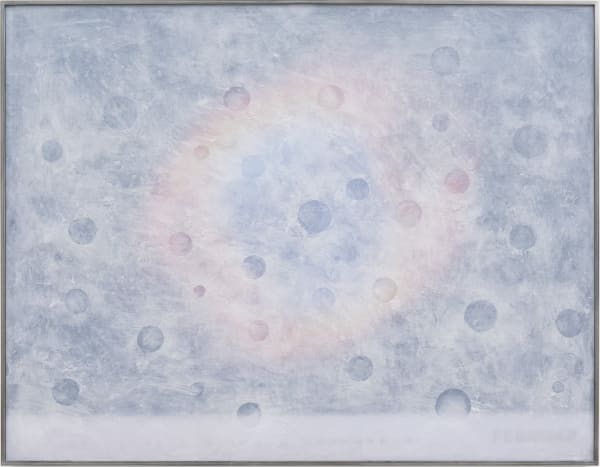Lennart Lahuis
Overview
Through a wide variety of materials and techniques Lennart Lahuis subjects texts and photographic imagery to natural phenomena such as melting, combustion, evaporation and erosion. In each series the artist combines material processes that are used in graphic reproduction techniques with scientific disciplines such as earth sciences, astronomy and restoration. These disciplines are traditionally employed to produce or preserve knowledge, but in Lahuis’ work they become part of objects and installations that explore the boundaries of intelligibility, the material conditions for legibility and the potential of disappearance through material decay and fragmentation.
Lennart Lahuis (NL, 1986) received his BFA from Artez Institute of the Arts in Zwolle, Netherlands. From 2011 to 2013 he was a resident at De Ateliers in Amsterdam. Recent solo exhibitions include Those Hours That Have Lost Their Clock at Galeria Jaqueline Martins in Brussels, BE (2022); Constant Escapement at the Fries Museum in Leeuwarden, NL (2019); Land Slides at the National Museum of Ceramics Princessehof in Leeuwarden, NL (2019) and Le Mal du Pays at Dürst Britt & Mayhew (2019). Recent group exhibitions include In the Age of Post-Drought at CID Grand-Hornu in Boussu, BE (2021), CODA Paper Art at CODA Museum in Apeldoorn, NL (2021) When stones Awake at Platform POST in Nijmegen, NL (2021); Nabeeld at PARK in Tilburg, NL (2020), Common Ground at AKZO Nobel Art Foundation in Amsterdam, NL (2019) and Recent Acquisitions at Stedelijk Museum Schiedam, NL (2018).
In 2021 Lahuis won the FPT Sustainable Art Award at Artissima in Turin, Italy and in 2015 the Royal Award for Contemporary Painting as well as the Piket Art Prize, both in the Netherlands. His work is held in private and public collections, including the Fries Museum in Leeuwarden, Stedelijk Museum Schiedam in Schiedam, Museum Schloss Moyland, Akzo Nobel Art Foundation, the collection of the Academic Medical Center in Amsterdam, ING collection, and the moraes-barbosa collection in São Paulo.
Lennart Lahuis (NL, 1986) received his BFA from Artez Institute of the Arts in Zwolle, Netherlands. From 2011 to 2013 he was a resident at De Ateliers in Amsterdam. Recent solo exhibitions include Those Hours That Have Lost Their Clock at Galeria Jaqueline Martins in Brussels, BE (2022); Constant Escapement at the Fries Museum in Leeuwarden, NL (2019); Land Slides at the National Museum of Ceramics Princessehof in Leeuwarden, NL (2019) and Le Mal du Pays at Dürst Britt & Mayhew (2019). Recent group exhibitions include In the Age of Post-Drought at CID Grand-Hornu in Boussu, BE (2021), CODA Paper Art at CODA Museum in Apeldoorn, NL (2021) When stones Awake at Platform POST in Nijmegen, NL (2021); Nabeeld at PARK in Tilburg, NL (2020), Common Ground at AKZO Nobel Art Foundation in Amsterdam, NL (2019) and Recent Acquisitions at Stedelijk Museum Schiedam, NL (2018).
In 2021 Lahuis won the FPT Sustainable Art Award at Artissima in Turin, Italy and in 2015 the Royal Award for Contemporary Painting as well as the Piket Art Prize, both in the Netherlands. His work is held in private and public collections, including the Fries Museum in Leeuwarden, Stedelijk Museum Schiedam in Schiedam, Museum Schloss Moyland, Akzo Nobel Art Foundation, the collection of the Academic Medical Center in Amsterdam, ING collection, and the moraes-barbosa collection in São Paulo.
Exhibitions
-

Lennart Lahuis
Frontspace: Pockets of Memory 24 Nov 2024 - 5 Apr 2025After Lennart Lahuis ’ successful solo exhibition ‘Earth Fire Water Air’ at Museum Schloss Moyland in Bedburg Hau, a solo booth at Art Düsseldorf, and our collaborative presentation at Galerie...Read more -

Lennart Lahuis
With Sighs Too Deep for Words 27 May - 24 Jul 2022Lennart Lahuis ’ third solo exhibition at Dürst Britt & Mayhew brings together three distinct bodies of works, in which present, past, and future appear to be collapsing into each...Read more -

Group exhibition
Vèf Jaah! 14 Feb - 16 Aug 2020On 14 February 2015 Jaring Dürst Britt and Alexander Mayhew opened the doors of their gallery in The Hague with the group exhibition ‘Urbi et Orbi’, showing fourteen promising young...Read more -

Lennart Lahuis
Le Mal du Pays 13 Apr - 26 May 2019After his recent successful solo exhibitions at the Fries Museum and Museum Het Princessehof in Leeuwarden Lennart Lahuis returns to Dürst Britt & Mayhew for his second solo exhibition at...Read more
-

Group exhibition
The odd uneven time 6 Jul - 25 Aug 2018“Friday, 9:45pm…Three years ago, the hot sticky August rain fell big and wet as I sat listlessly on my porch at home, crying over the way summer would not come...Read more -

Lennart Lahuis
Navigation 18 Apr - 23 May 2015The artistic practice of Lennart Lahuis concerns itself with the suspension of visual information. For his recent series of works the artist collected reproductions that come standard with picture frames...Read more
Works
-
 MURMUR (#14/Here as we speak), 2018 - 2024
MURMUR (#14/Here as we speak), 2018 - 2024 -
 MURMUR (#17/The the the), 2018 - 2024
MURMUR (#17/The the the), 2018 - 2024 -
 MURMUR (#24/Rain & surface), 2018 - 2024
MURMUR (#24/Rain & surface), 2018 - 2024 -
 MURMUR (#7/Eros erosio n), 2018 - 2024
MURMUR (#7/Eros erosio n), 2018 - 2024 -
 Pressing Issues (#1), 2024
Pressing Issues (#1), 2024 -
 Pressing Issues (#2), 2024
Pressing Issues (#2), 2024 -
 Pressing Issues (#3), 2024
Pressing Issues (#3), 2024 -
 Pressing Issues (#4), 2024
Pressing Issues (#4), 2024 -
 Pressing Issues (#5), 2024
Pressing Issues (#5), 2024 -
 Dial II (Rubin Observatory LSST camera, detail #1), 2021
Dial II (Rubin Observatory LSST camera, detail #1), 2021 -
 Dial III (Rubin Observatory LSST camera, detail #2), 2021
Dial III (Rubin Observatory LSST camera, detail #2), 2021 -
 Dial IV (Vicente Huidobro), 2021
Dial IV (Vicente Huidobro), 2021 -
 Astromelancholia (Dial I, Rubin Observatory / LSST camera test image #1), 2021
Astromelancholia (Dial I, Rubin Observatory / LSST camera test image #1), 2021 -
 Dial I (Rubin Observatory / LSST camera test image #1), 2021
Dial I (Rubin Observatory / LSST camera test image #1), 2021 -
 Dial V (With Sighs Too Deep For Words), 2022
Dial V (With Sighs Too Deep For Words), 2022 -
 Dial VI (Rubin Observatory LSST Camera), 2022
Dial VI (Rubin Observatory LSST Camera), 2022 -
 Dial VII (ASLSP/As Slow As Possible), 2022
Dial VII (ASLSP/As Slow As Possible), 2022 -
![Lennart Lahuis, When is it that we feel change in the air [1/4], 2021 - 2022](data:image/gif;base64,R0lGODlhAQABAIAAAAAAAP///yH5BAEAAAAALAAAAAABAAEAAAIBRAA7) When is it that we feel change in the air [1/4], 2021 - 2022
When is it that we feel change in the air [1/4], 2021 - 2022 -
![Lennart Lahuis, When is it that we feel change in the air [2/4], 2021 - 2022](data:image/gif;base64,R0lGODlhAQABAIAAAAAAAP///yH5BAEAAAAALAAAAAABAAEAAAIBRAA7) When is it that we feel change in the air [2/4], 2021 - 2022
When is it that we feel change in the air [2/4], 2021 - 2022 -
![Lennart Lahuis, When is it that we feel change in the air [3/4], 2021 - 2022](data:image/gif;base64,R0lGODlhAQABAIAAAAAAAP///yH5BAEAAAAALAAAAAABAAEAAAIBRAA7) When is it that we feel change in the air [3/4], 2021 - 2022
When is it that we feel change in the air [3/4], 2021 - 2022 -
![Lennart Lahuis, When is it that we feel change in the air [4/4], 2021 - 2022](data:image/gif;base64,R0lGODlhAQABAIAAAAAAAP///yH5BAEAAAAALAAAAAABAAEAAAIBRAA7) When is it that we feel change in the air [4/4], 2021 - 2022
When is it that we feel change in the air [4/4], 2021 - 2022 -
 Sunset, 2021
Sunset, 2021 -
 February, 2021
February, 2021 -
 Le sentiment national, 2019
Le sentiment national, 2019
Art Fairs
-
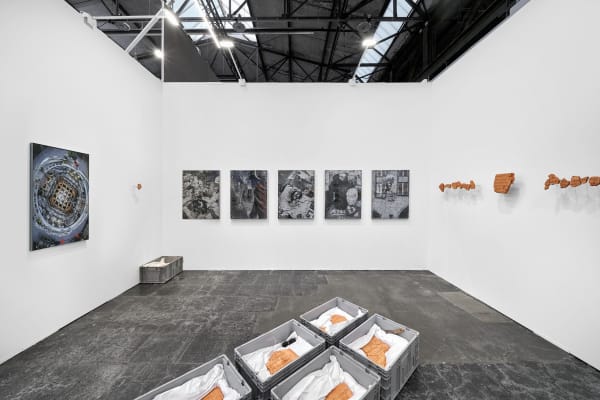
Art Düsseldorf 2024
Lennart Lahuis 11 - 14 Apr 2024For our third participation in Art Düsseldorf Dürst Britt & Mayhew is proud to present a solo exhibition by Dutch artist Lennart Lahuis . Concurrently...Read more -
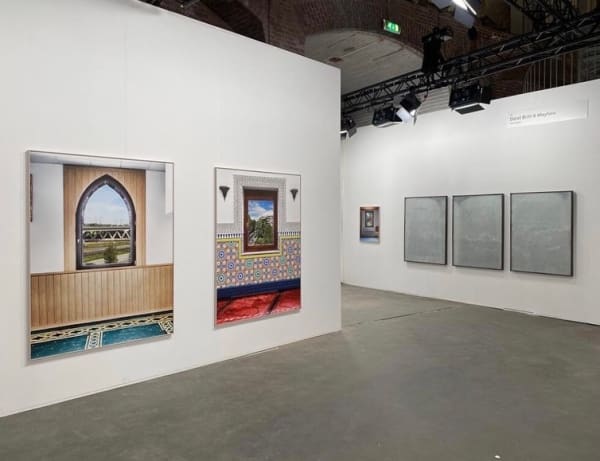
Unseen Amsterdam 2022
Marwan Bassiouni, Lennart Lahuis 15 - 18 Sep 2022For Unseen 2022 Dürst Britt & Mayhew is proud to present a duo exhibition by Marwan Bassiouni (CH, 1985) and Lennart Lahuis (NL, 1986). Coinciding...Read more -
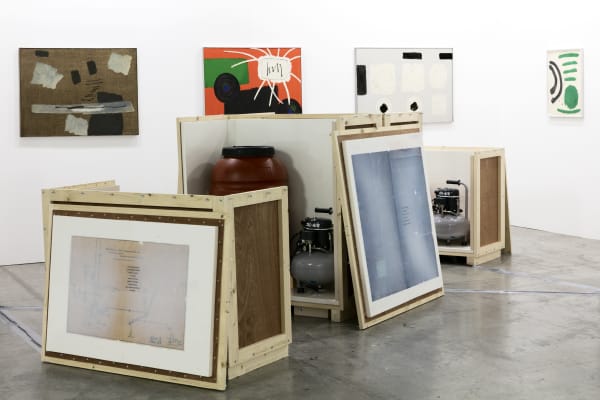
Artissima 2021
Lennart Lahuis, Willem Hussem 4 - 7 Nov 2021For the Dialogue/Monologue section of Artissima 2021 Dürst Britt & Mayhew is proud to present a duo exhibition by Lennart Lahuis and Willem Hussem ....Read more -
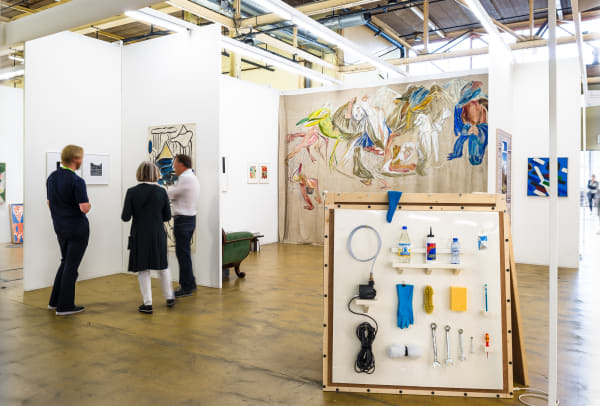
Art Rotterdam 2021
Willem Hussem, Jacqueline de Jong, Lennart Lahuis, Marwan Bassiouni, Alejandra Venegas 1 - 4 Jul 2021Dürst Britt & Mayhew is delighted to announce our participation in Art Rotterdam with a presentation of works by: Willem Hussem Jacqueline de Jong Lennart...Read more
-

Artissima Unplugged (online)
Lennart Lahuis, Willem Hussem 5 Nov 2020 - 9 Jan 2021For the Dialogue section of Artissima 2020 Dürst Britt & Mayhew proposes a duo exhibition by Lennart Lahuis and Willem Hussem . Lennart Lahuis (1986)...Read more -
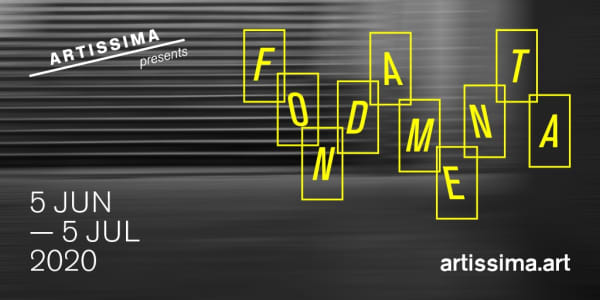
Fondamenta – Artissima (online)
Lennart Lahuis 5 Jun - 5 Jul 2020Fondamenta is a project based on the work of a fair in progress, to experiment with new ways of meeting and communicating, reacting to the...Read more -

LISTE – Art Fair Basel 2019
Lennart Lahuis, Alexandre Lavet 10 - 16 Jun 2019Lennart Lahuis and Alexandre Lavet share a strong interest in the fleeting and disposable nature of images and representation. In order to slow down the...Read more -

Art Brussels 2018
Lennart Lahuis 19 - 22 Apr 2018In the Discovery section of Art Brussels 2018 Dürst Britt & Mayhew will present a solo booth by Dutch artist Lennart Lahuis (1986). In Europe’s...Read more
-
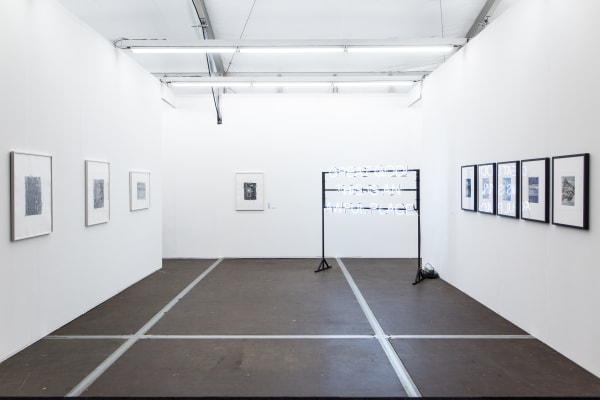
Art Rotterdam 2018
Lennart Lahuis, Sybren Renema 8 - 11 Feb 2018Lennart Lahuis ’ main artistic concern is the suspension of visual information. His deployment of very diverse materials and techniques results in works that seem...Read more -
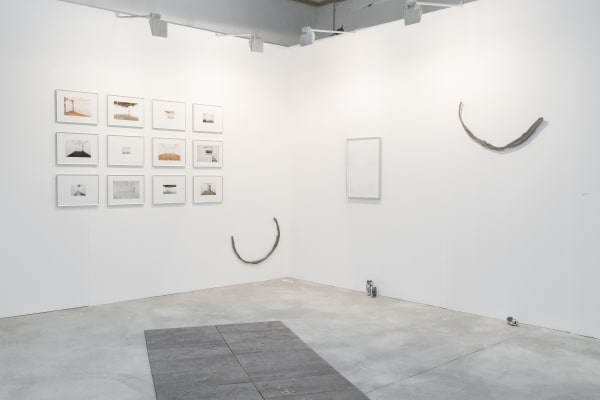
ARCO Lisboa 2017
Alex Farrar, Lennart Lahuis, Alexandre Lavet 18 - 21 May 2017Art ARCO Lisboa 2017, Dürst Britt & Mayhew exhibited works by Alex Farrar, Lennart Lahuis and Alexandre Lavet focus on and play with various notions...Read more -
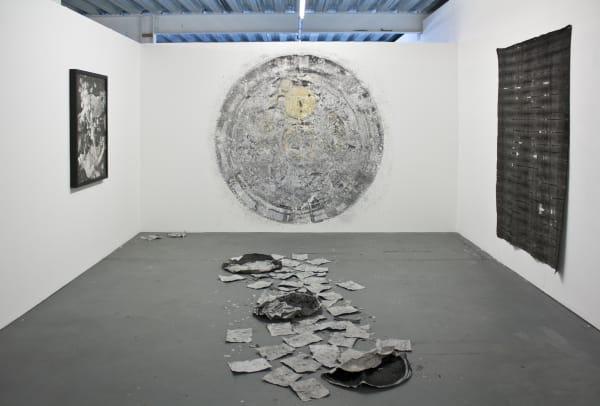
SUNDAY Art Fair London 2016
Paul Beumer, Lennart Lahuis, Raúl Ortega Ayala 6 - 9 Oct 2016For our first participation in SUNDAY Art Fair, Dürst Britt & Mayhew is proud to present a group exhibition by Paul Beumer, Lennart Lahuis and...Read more -

Unseen Amsterdam 2016
Lennart Lahuis, Raúl Ortega Ayala, Sybren Renema 23 - 25 Sep 2016For our second participation in the UNSEEN Amsterdam Photo Fair, Dürst Britt & Mayhew is delighted to present a group exhibition by Lennart Lahuis, Raúl...Read more
-

Art Rotterdam 2016
Lennart Lahuis 11 - 14 Feb 2016For our second participation in Art Rotterdam , Dürst Britt & Mayhew presents a solo booth by Lennart Lahuis . Lennart Lahuis’ main artistic concern...Read more -

Art The Hague 2015
Paul Beumer, Lennart Lahuis, Joseph Montgomery, Sybren Renema 7 - 11 Oct 2015In 2015, Dürst Britt & Mayhew was part of the Art The Hague programme. It involved a presentation of work by Paul Beumer, Lennart Lahuis,...Read more -

Unseen Amsterdam 2015
Lennart Lahuis, Alexandre Lavet, Pieter Paul Pothoven, Sybren Renema 18 - 20 Sep 2015In 2015, Dürst Britt & Mayhew took part in the Unseen Amsterdam Photo Fair, where the gallery exhibited work by Lennart Lahuis, Alexandre Lavet, Pieter...Read more
News
-

Lennart Lahuis: solo exhibition at Elders in Kortrijk, Belgium
February 19, 2025In collaboration with the Memento Word arts festival, ELDERS presents Dutch artist Lennart Lahuis (1986, NL) with a series of new and existing installations, spread...Read more -

Lennart Lahuis: duo exhibition at Britta Rettberg, Munich, Germany
September 6, 2024On the ocassion of Various Others 2024, Britta Rettberg presents a collaborative exhibition project by Lennart Lahuis and Paul Valentin in cooperation with Dürst Britt...Read more -

Lennart Lahuis at Museum Jan Cunen, Oss
June 29, 2024“What would Marcel Broodthaers do?” A statement by the Flemish artist DD Trans leads to a group exhibition with modern and contemporary artists from the...Read more -

Lennart Lahuis at Museum Schloss Moyland, Bedburg Hau, Germany
January 27, 2024EARTH FIRE WATER AIR, the first solo exhibition in Germany by Lennart Lahuis (1986, Hengelo), is open to the public between the 27.1.2024 and the...Read more





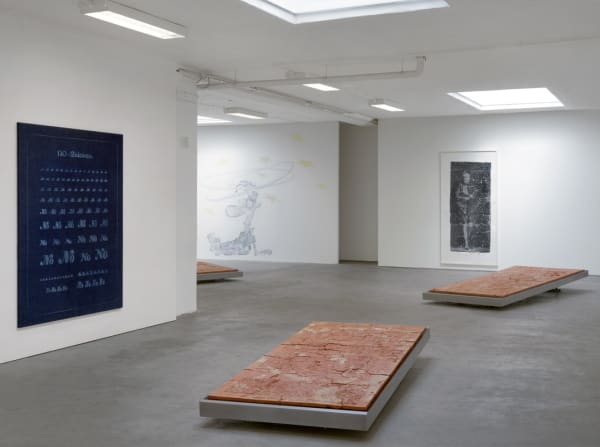
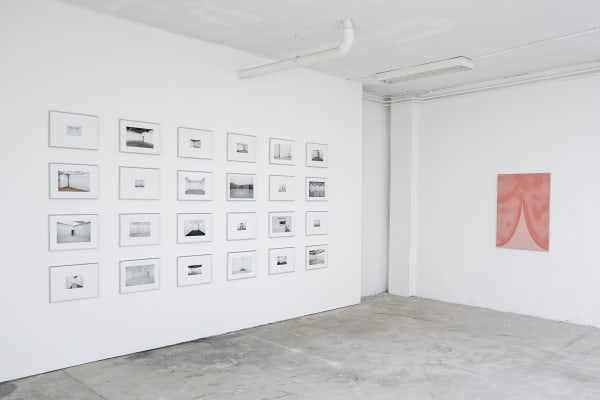


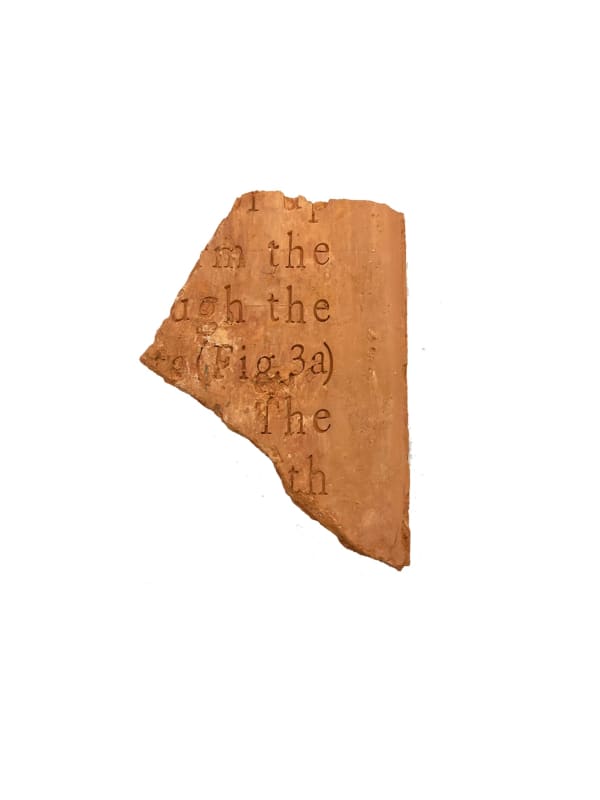
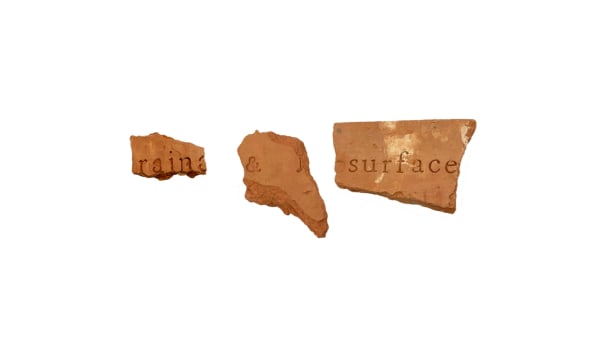
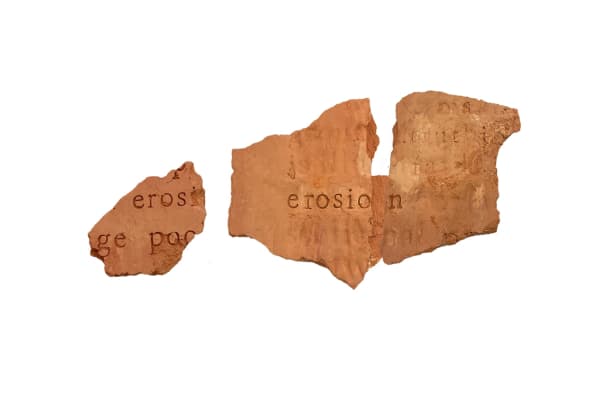
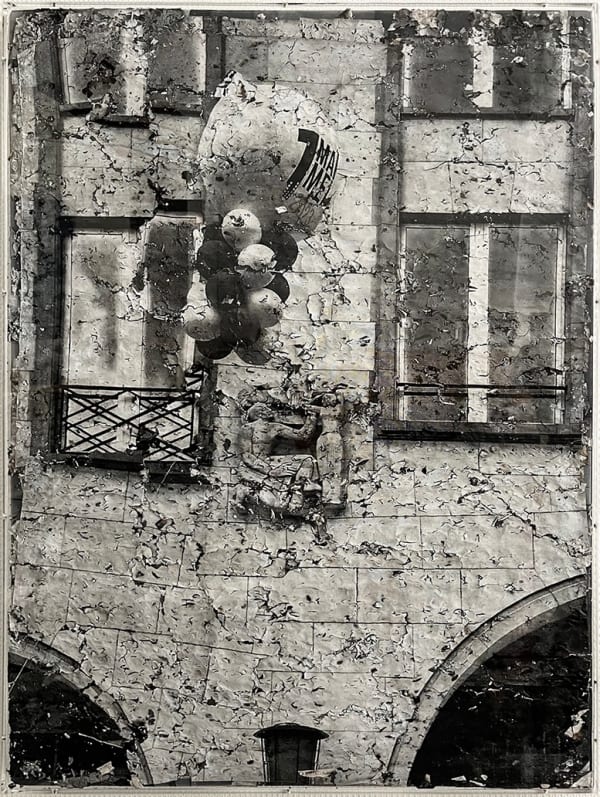

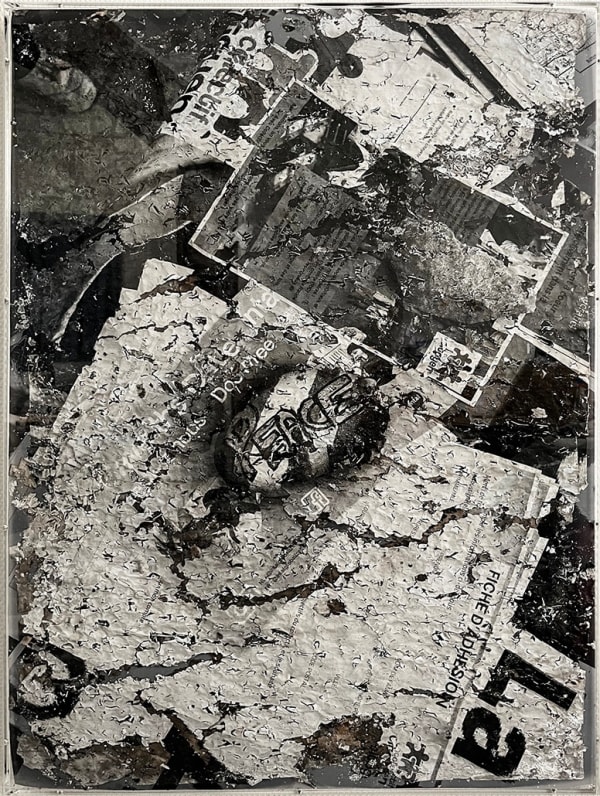

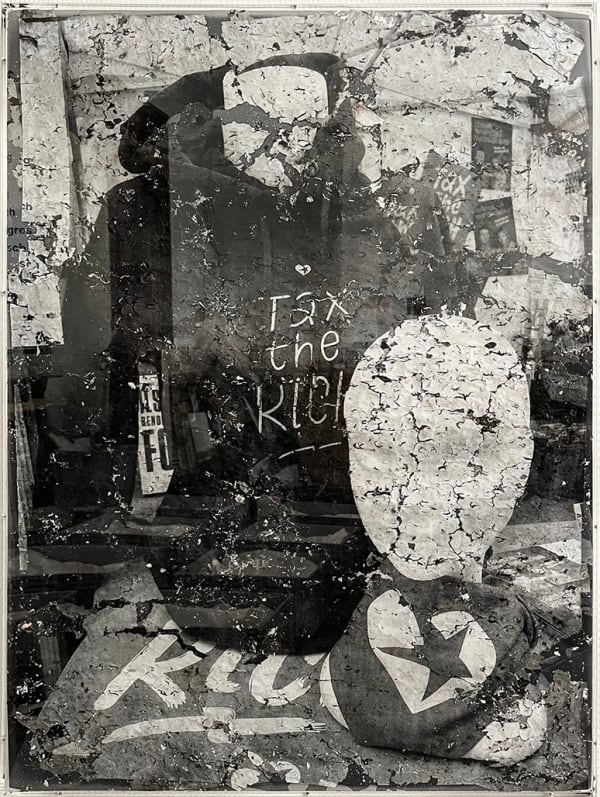


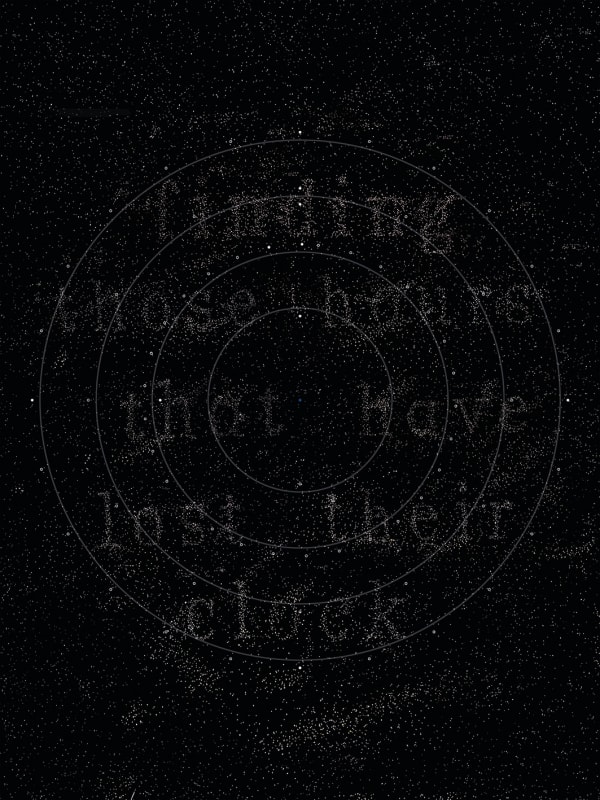


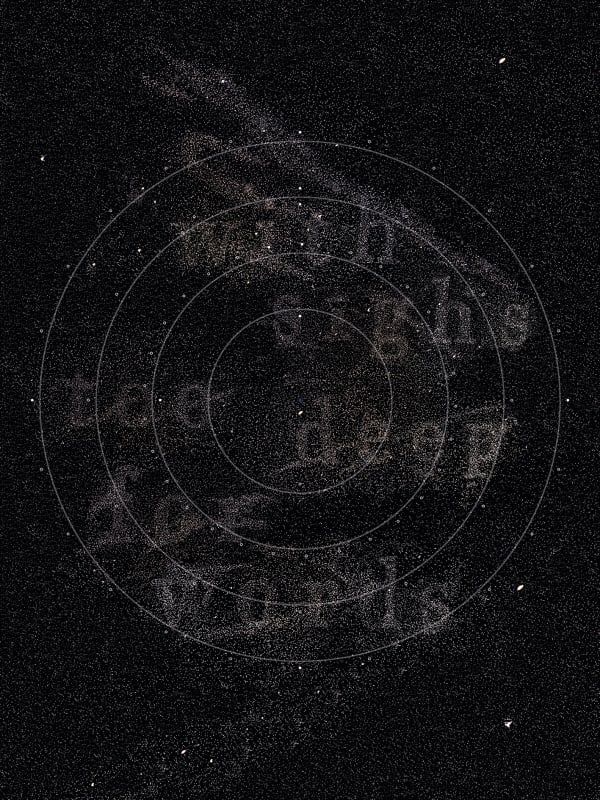


![Lennart Lahuis, When is it that we feel change in the air [1/4], 2021 - 2022](https://artlogic-res.cloudinary.com/w_600,c_limit,f_auto,fl_lossy,q_auto/artlogicstorage/durstbrittmayhew/images/view/2250980dce6143b3769b358e4d22dd21j/d-rstbritt-mayhew-lennart-lahuis-when-is-it-that-we-feel-change-in-the-air-1-4-2021-2022.jpg)
![Lennart Lahuis, When is it that we feel change in the air [2/4], 2021 - 2022](https://artlogic-res.cloudinary.com/w_600,c_limit,f_auto,fl_lossy,q_auto/artlogicstorage/durstbrittmayhew/images/view/56a7bd55c044c9e6261fe4bf5f6d489cj/d-rstbritt-mayhew-lennart-lahuis-when-is-it-that-we-feel-change-in-the-air-2-4-2021-2022.jpg)
![Lennart Lahuis, When is it that we feel change in the air [3/4], 2021 - 2022](https://artlogic-res.cloudinary.com/w_600,c_limit,f_auto,fl_lossy,q_auto/artlogicstorage/durstbrittmayhew/images/view/c4051a852a3e5d71eeca664413f6aa38j/d-rstbritt-mayhew-lennart-lahuis-when-is-it-that-we-feel-change-in-the-air-3-4-2021-2022.jpg)
![Lennart Lahuis, When is it that we feel change in the air [4/4], 2021 - 2022](https://artlogic-res.cloudinary.com/w_600,c_limit,f_auto,fl_lossy,q_auto/artlogicstorage/durstbrittmayhew/images/view/5d6275a2d4b327702238c913a4914ef8j/d-rstbritt-mayhew-lennart-lahuis-when-is-it-that-we-feel-change-in-the-air-4-4-2021-2022.jpg)

